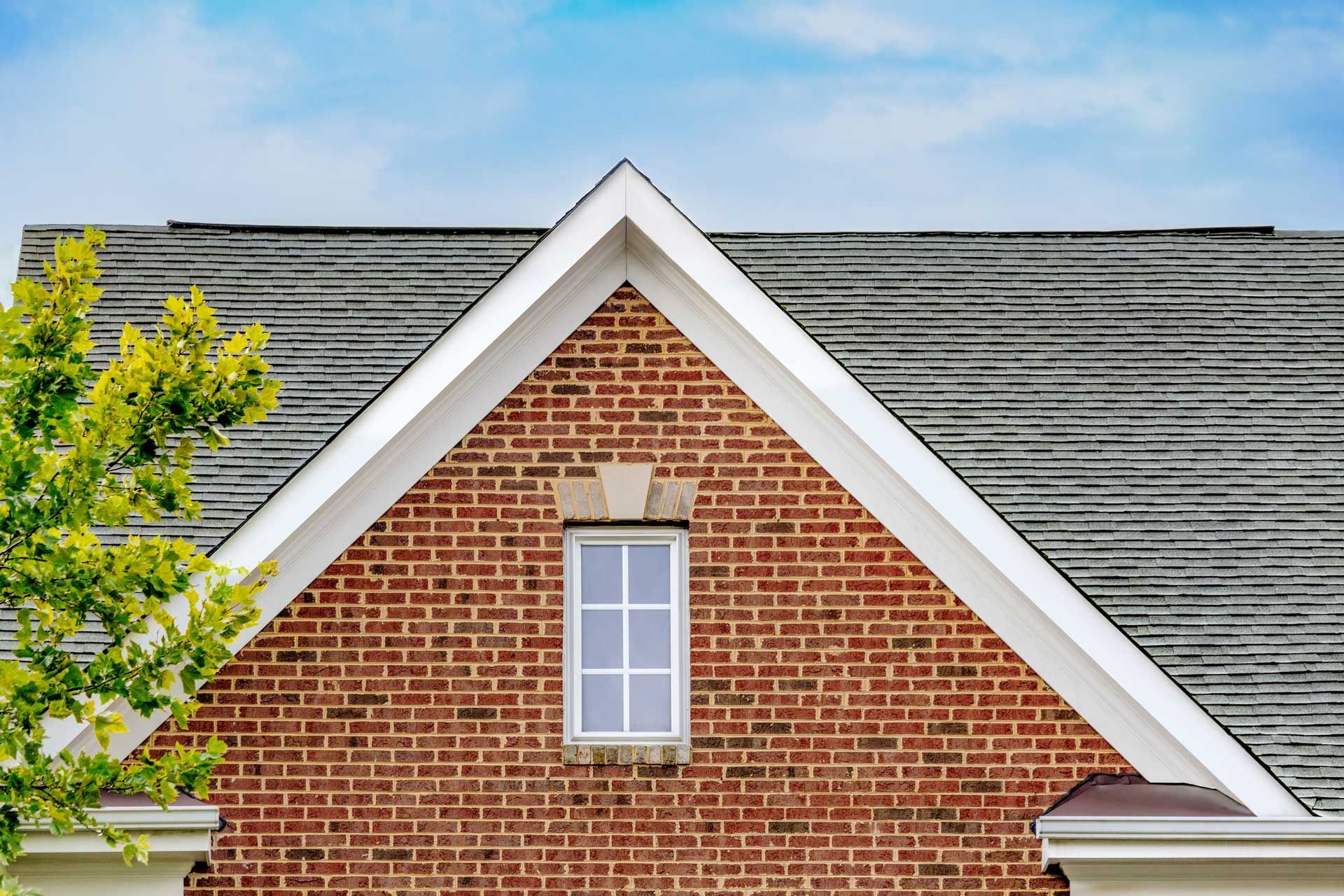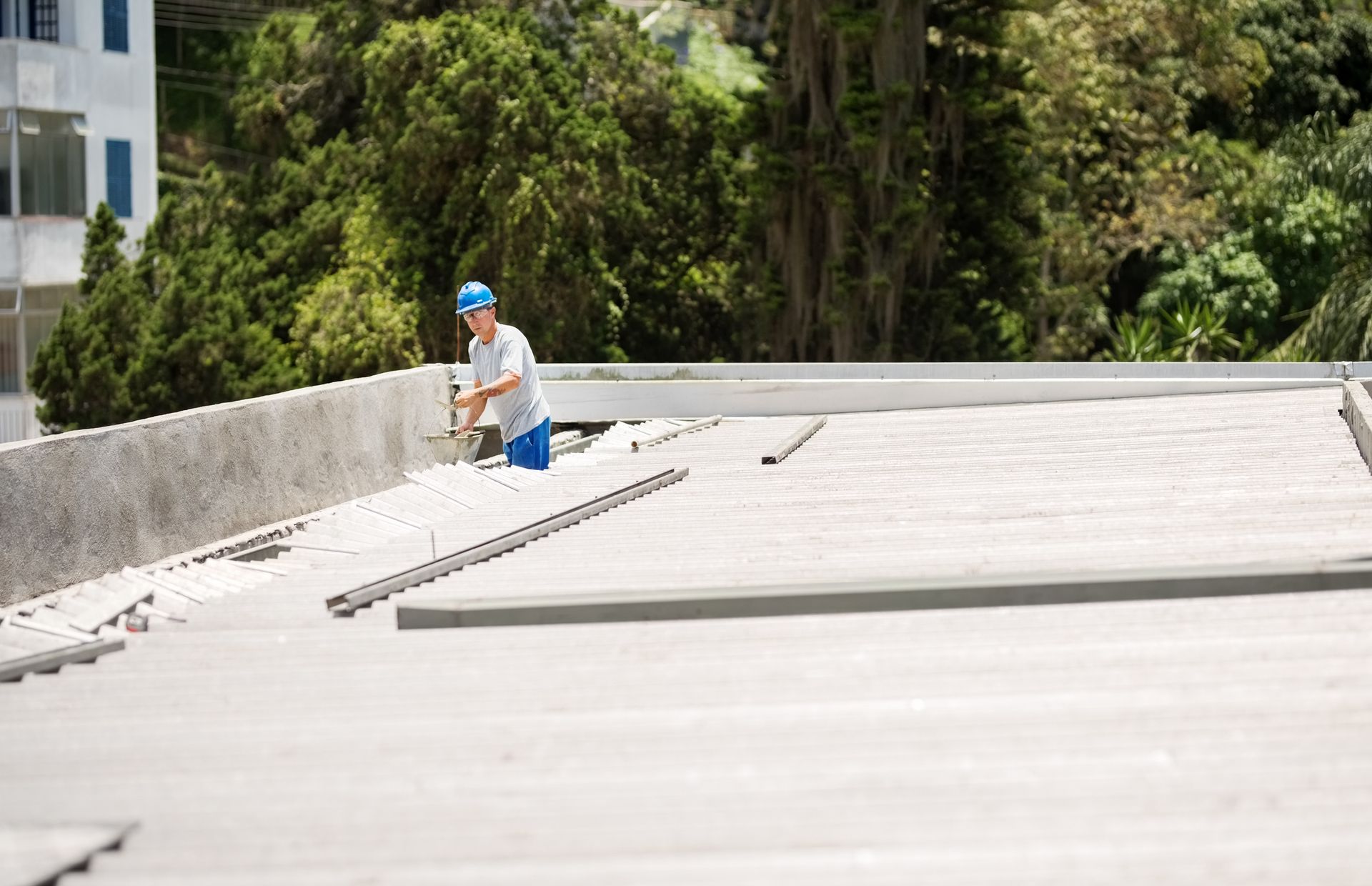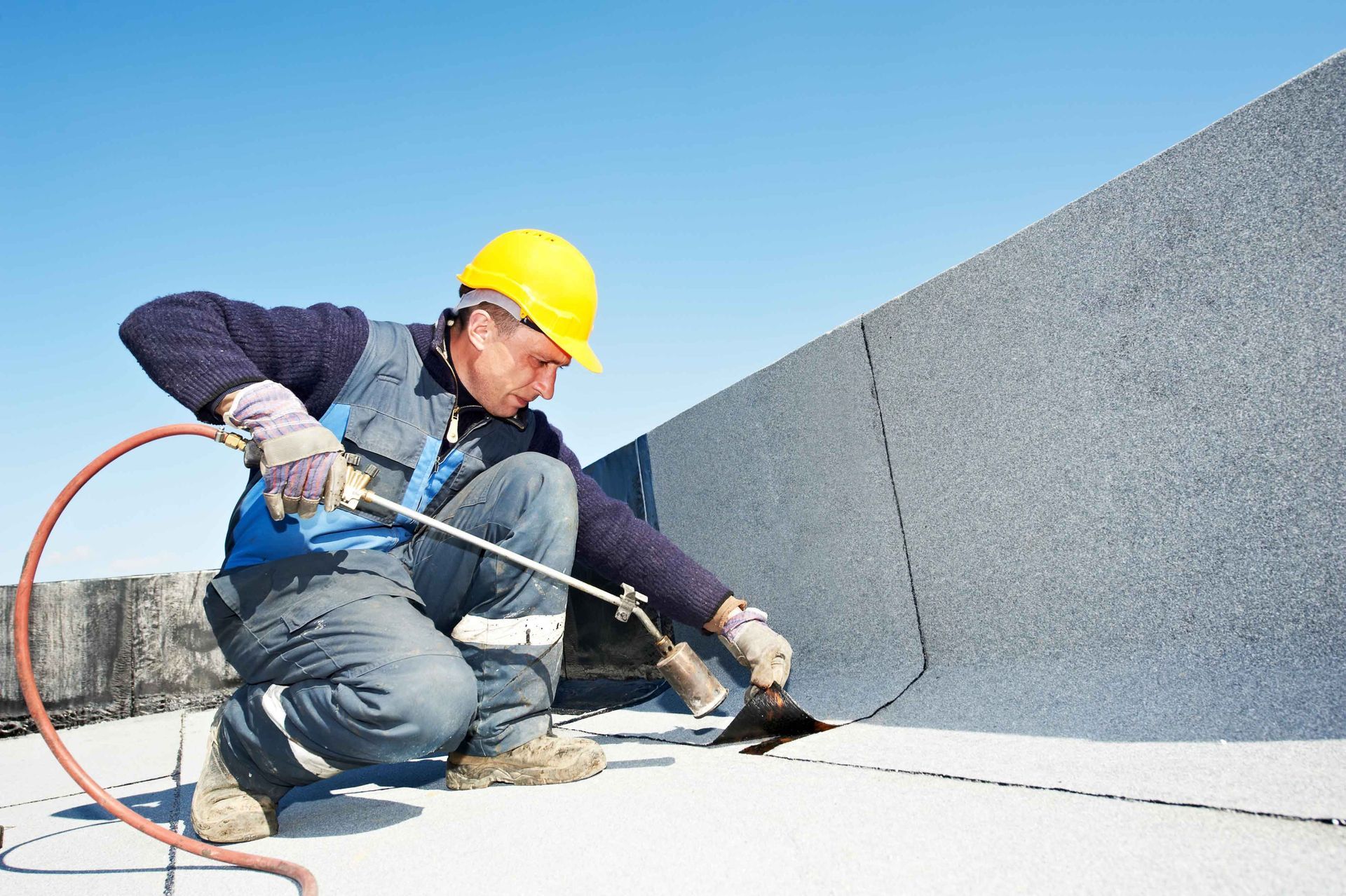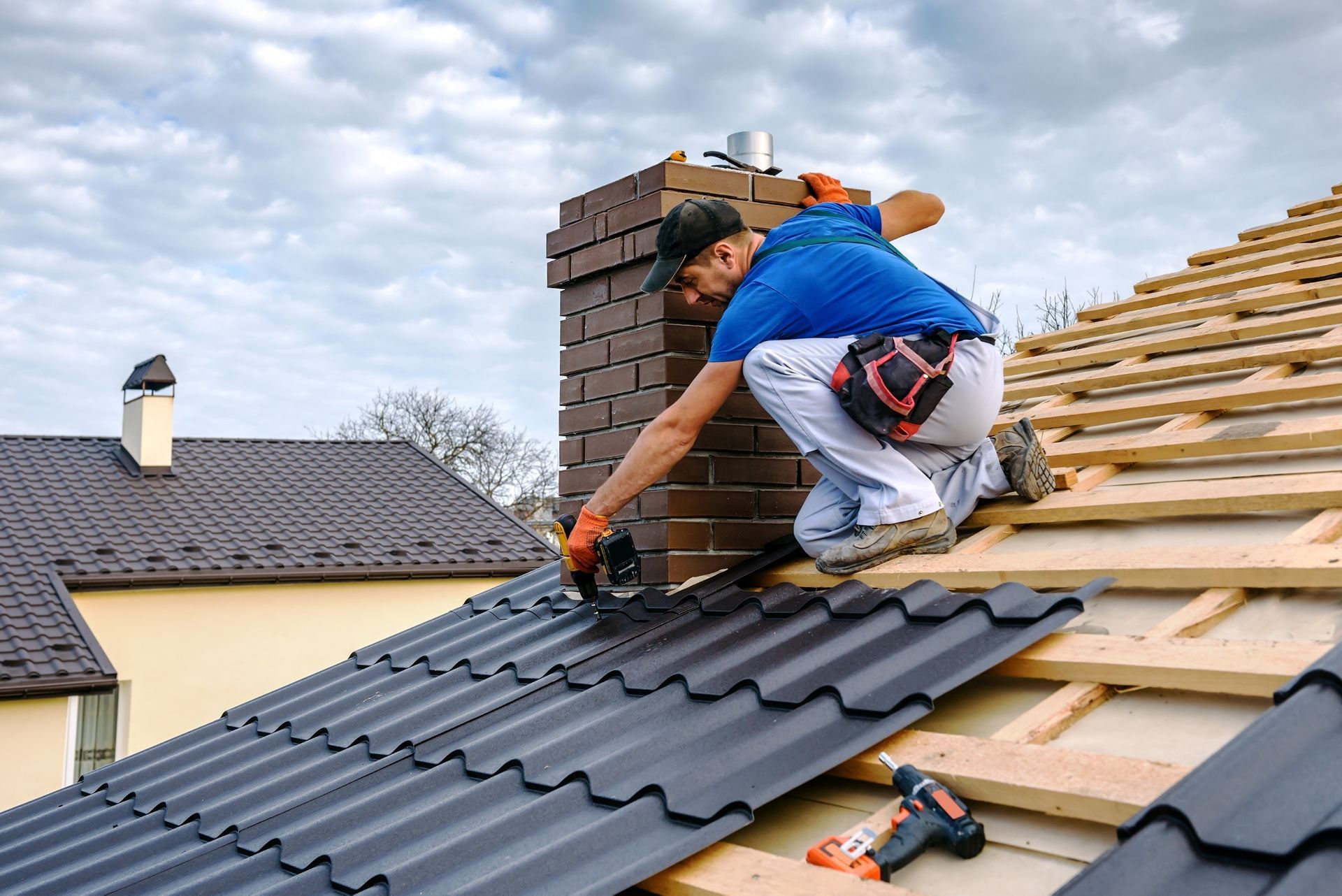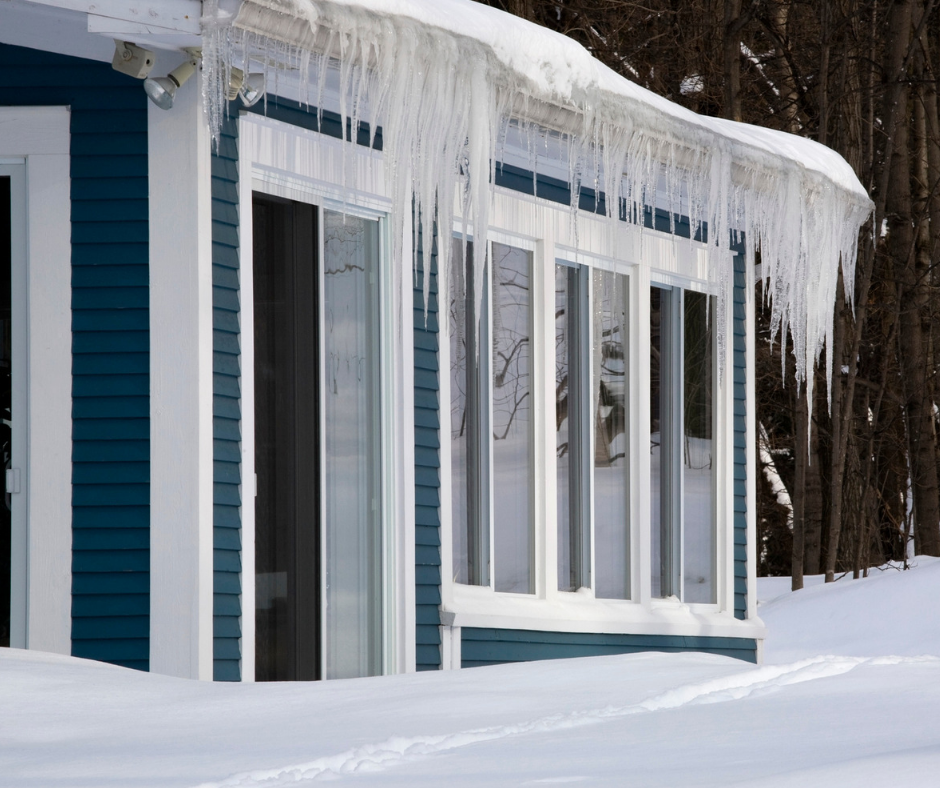Breathing Easy: The Underrated Power of Roof Ventilation Systems
Have you ever wondered why sometimes your attic feels like a sauna, while other parts of your home are a comfortable temperature? Or why sometimes there's this odd dampness in the air? Your roof's ventilation system—or lack thereof—may be playing a bigger role than you think! Roof ventilation is an often overlooked but critical aspect of maintaining a healthy and efficient home.
Let's dive into the importance of ensuring your roof can "breathe" properly.
Why Roof Ventilation Matters
Roof ventilation is not just about letting your roof breathe; it is about letting your entire home breathe. Here is why it is essential:
- Temperature Control. Proper ventilation prevents your attic from becoming a furnace during hot months. In summer, without the right airflow, the attic can trap heat, making your AC work harder. This not only means an uncomfortable home but also higher energy bills.
- Preventing Moisture Damage. During colder months, without adequate ventilation, warm air from your home can get trapped in the attic, leading to condensation. Over time, this can lead to mold growth, wood rot, and a weakened structure.
By keeping your attic's temperature close to the outside temperature, ventilation acts as a barrier against these issues. It keeps your home comfortable, your energy costs down, and prolongs the life of your roof.
Types of Roof Ventilation
Understanding the different kinds of roof ventilation can help homeowners make informed decisions. Here are some common types:
- Ridge Vents. These run along the peak of your roof, allowing warm, moist air to escape from the attic.
- Soffit Vents. Located under the eaves of your house, these allow fresh air into the attic.
- Gable Vents. These are placed on the ends of your house, allowing for cross-ventilation.
It is vital to have a combination of intake (like soffit vents) and exhaust (like ridge or gable vents) systems to ensure a continuous flow of air.
The Economic and Health Benefits
Good roof ventilation is not just about maintaining your home's structure; it also comes with several other advantages:
- Energy Efficiency. By balancing the attic's temperature with the outside, ventilation reduces the strain on your heating and cooling systems. This means more efficient energy use and lower bills.
- Preventing Ice Dams. In colder regions, warm attics can lead to snow melting and refreezing at the edges of your roof, causing ice dams. These can damage your roof and even cause leaks. A well-ventilated roof prevents this.
- Improved Air Quality. By reducing moisture and preventing mold growth, roof ventilation ensures that the air inside your home is fresh and free from potential allergens.
By prioritizing proper roof ventilation, homeowners not only save money in the long run but also foster a healthier living environment for their families.
Signs You Need Better Ventilation
Sometimes, it is not evident that your roof's ventilation system is not doing its job. Here are signs that you might need to relook at it:
- Ice dams form on your roof's edge in winter.
- There is a damp, musty smell in the home
- You notice mold growth or wood rot in the attic.
- You see frequent condensation on windows
- Your attic gets excessively hot in summer.
If you spot any of these signs, it might be time to call in the experts and get a roof ventilation system that works for your home.
A roof does more than just shield us from the rain and sun; it plays an integral role in our home's overall health, energy efficiency, and even our well-being. So, breathe easy, knowing that a well-ventilated home means comfort, savings, and a longer-lasting roof. Looking to check or improve your roof's ventilation system? Reach out to Jerry Newman Roofing & Remodeling today, and let's ensure your home is breathing just right!






